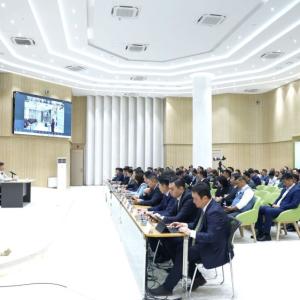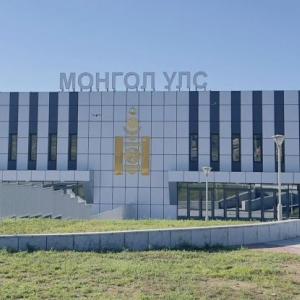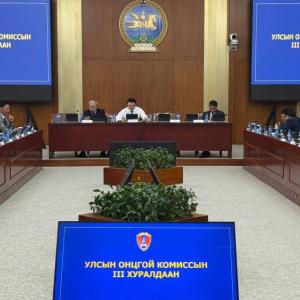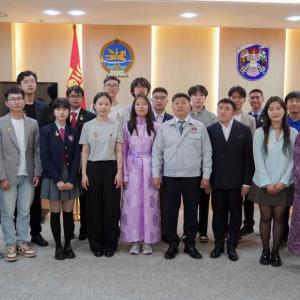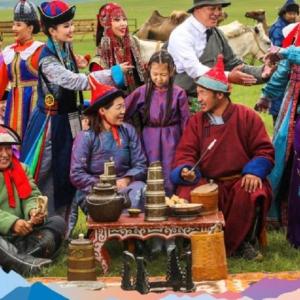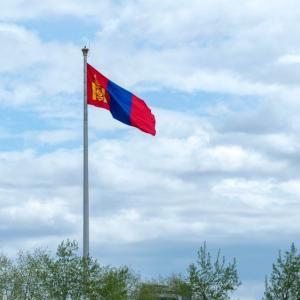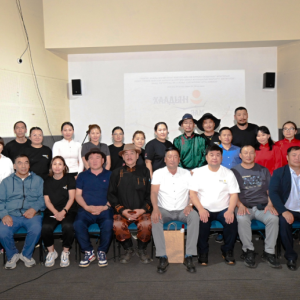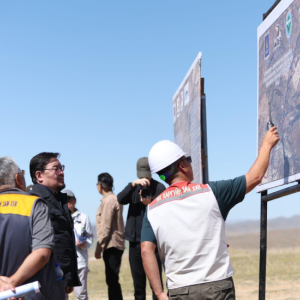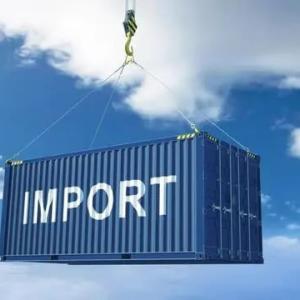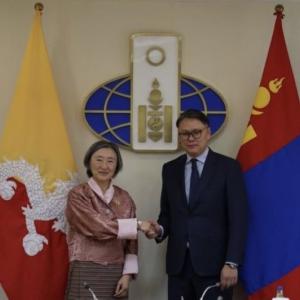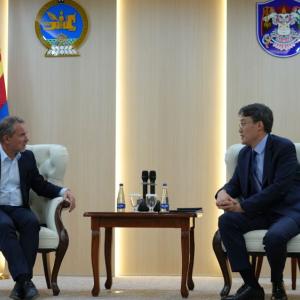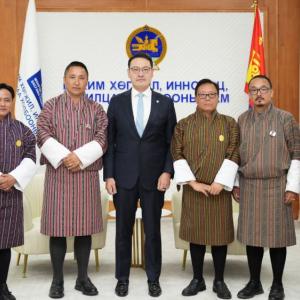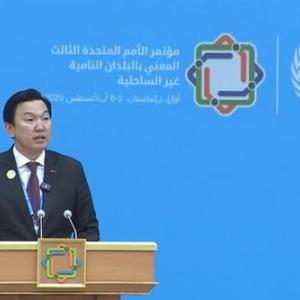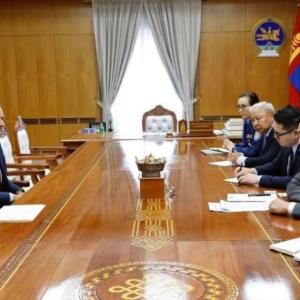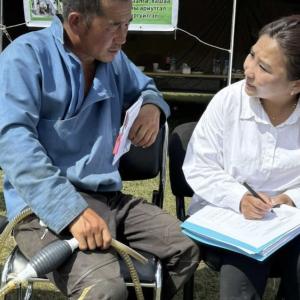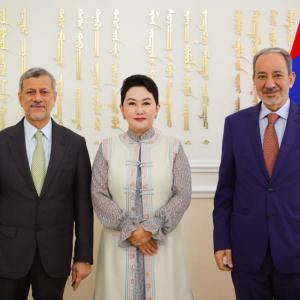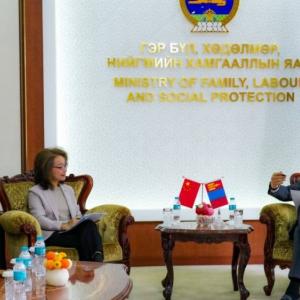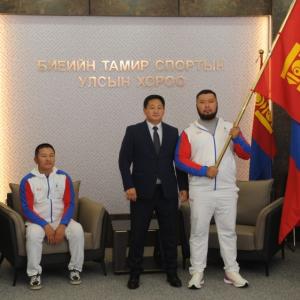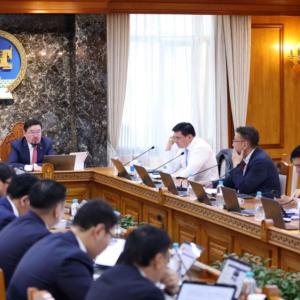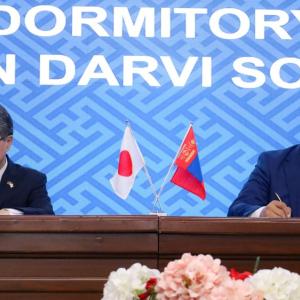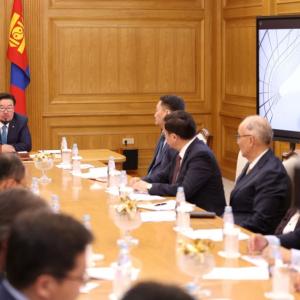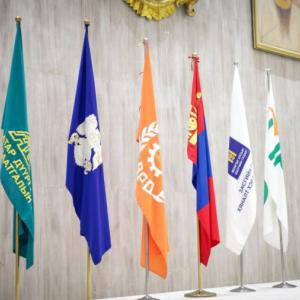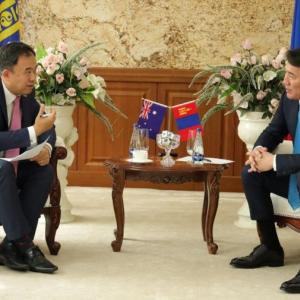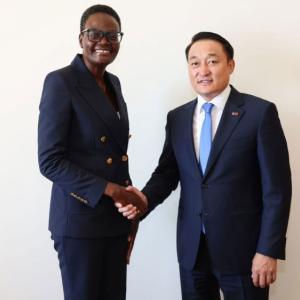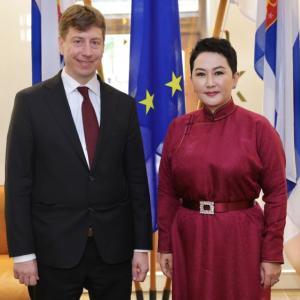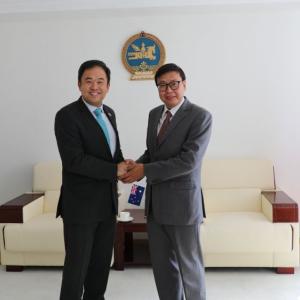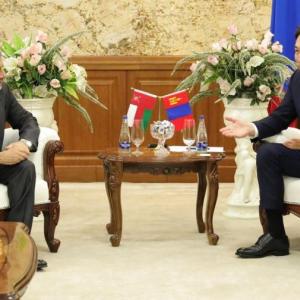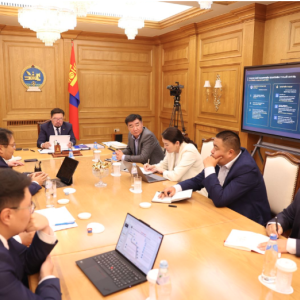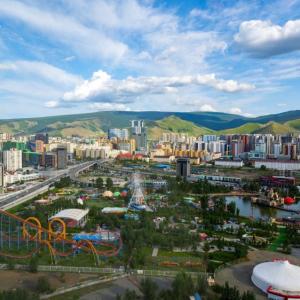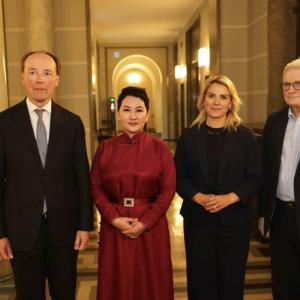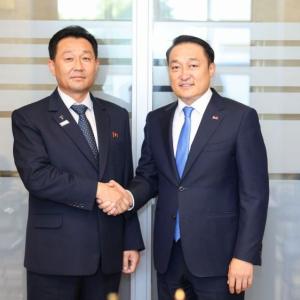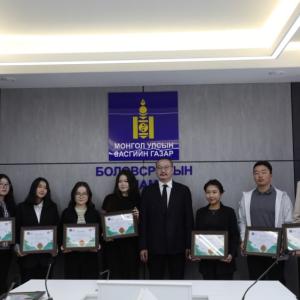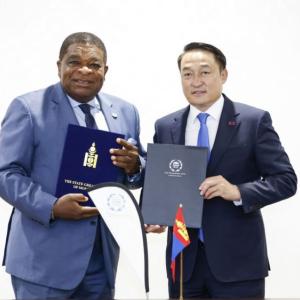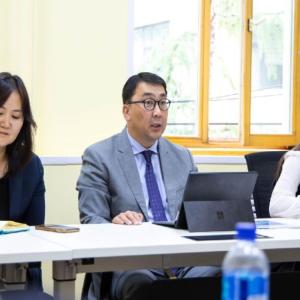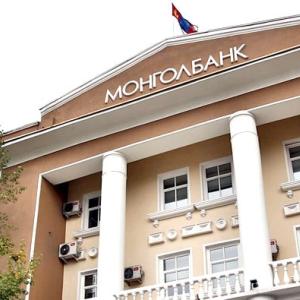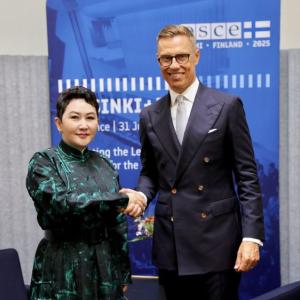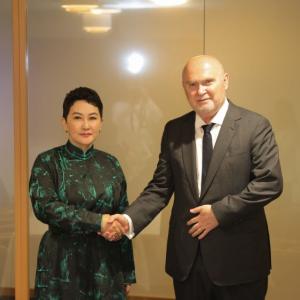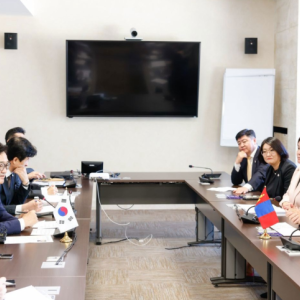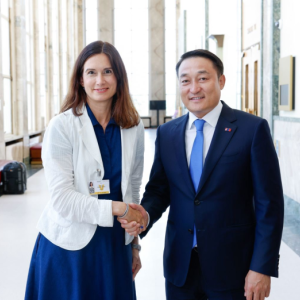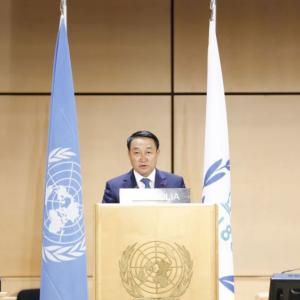Promoting Mongol Script: A Path to Cultural Preservation and Language Immunity
The Mongol Messenger
Ulaanbaatar,
July 17, 2023 /MONTSAME/. MONTSAME Mongolian
National News Agency interviewed Doctor of Science, Associate Professor J.
Bat-Ireedui, Director of the Institute of Language and Literature of the
Mongolian Academy of Sciences. The institute holds various
responsibilities outlined in the work plan for the implementation of the
"Traditional Mongol Script Program 3," which was sanctioned to
prepare for the realization of conducting government services in the dual script.
An essential
aspect of establishing a conducive environment for Mongol Script involves the publication of literary works in
Mongol script. What specific projects and measures are currently being
undertaken? Furthermore, what initiatives are being implemented to standardize
the titles of newly published books in Mongol script?
We strongly encourage all writers and poets to compose their literature in the Mongol
script. Publishing
houses and printing factories are gradually adopting the practice of displaying
book covers in Mongol script. If you observe bookstores, you will notice
an increasing number of books with Mongol script on their spines. Publishing
houses now have employees who are highly skilled in writing in the Mongol
script compared to previous years.
When
will the work on converting Mongolian history and literature textbooks for
9th-12th graders to Traditional Mongol Script start? How do you
evaluate the teachers’ knowledge of the Mongol Script?
Although there are currently no textbooks available exclusively written in the Mongol script, there have been instances where certain textbooks, like "Ethical Education," have begun to be published in Mongol script. Concerning history teachers, there is currently no official training for them. However, it appears that the working groups are primarily focused on enhancing the knowledge and building the capacity of Mongolian language teachers and traditional Mongol script trainers for public servants. Within our institute, the manual titled "Knowledge and Application of Mongolian Language and Script for Public Servants" has been developed as part of the "Grand" project initiated by the Mongolian Academy of Sciences (MAS). This manual has been carefully composed and published with the underlying principle that individuals engaged in public service must possess basic knowledge of Mongol script and Mongolian language rather than merely memorizing a few tests designed for public servants. The manual includes examples and practical exercises, words, and terms in the Mongolian script that are relevant to the daily work of public servants. Additionally, examples included common misspelling words encountered in everyday usage.
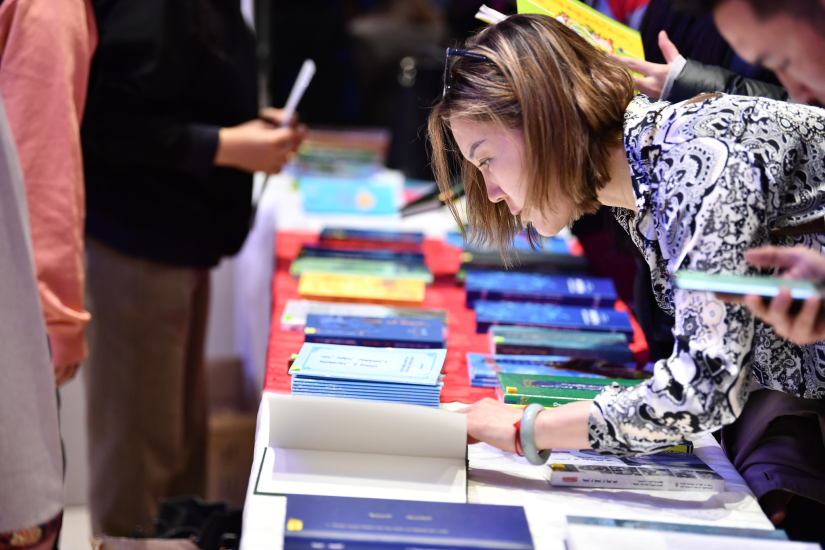
What
efforts are being made to explore and research the heritage of the Mongol
Script in foreign countries? Additionally, which country generally possesses the
most extensive collection of Mongol Script heritage?
Finding and studying books and other materials written in Mongol script preserved in archives and libraries across foreign countries is of great significance. Recently, the academic conference titled “Research on Heritages on Mongolian Language and Script,” which covered a wide range of topics, was held at the Chinggis Khaan National Museum. Scholars who have researched archives and books in Russia participated and presented their research. We strive to organize such conferences annually. Generally, the principal centers for Mongolian studies worldwide, including Russia, Germany, France, England, Japan, and China, house vast collections of materials in Mongol script. Austrian Mongolist Walter Heissig has cataloged all the historical sources obtained from institutions such as the Berlin State Library, libraries of the University of Göttingen, and the University of Bonn, as well as from Mongolia and other countries. As I saw, the map of Altanbulag and Kyakhta, drawn in 1929 by a German explorer from the top of the mountains, is currently preserved and archived in Germany, specifically in the library of the University of Göttingen.
The historical documents are plentiful in Germany, emphasizing the importance of conducting thorough research on these materials. Additionally, a number of Mongolian books are housed in the Oriental Library of Japan. Ongoing research efforts by Mongolian and Japanese scholars are dedicated to the exploration and dissemination of these materials to the public.
Generally, books are widely spread from Mongolia to various countries worldwide, such as books printed by woodblock printing. However, when it comes to manuscript heritage, there are unique copies preserved in local libraries, each possessing distinct characteristics.
These significant findings are gradually emerging through
a series of international conferences. Undoubtedly, this field of research
holds immense importance for Mongolian and foreign researchers studying Mongolian
culture and history.
The
matter of teaching English to students in elementary schools has sparked
considerable debate on social media platforms. I would like to inquire about
your stance on this matter.
In my view, it is indeed valuable for Mongolians to learn English. However, the decision regarding the appropriate grade to introduce foreign languages should be based on scientific research, particularly studies in the field of education, rather than being influenced by political populism. Mongolians are very talented people who learn multiple languages, not solely limited to English. An International Phonetic Alphabet Chart encompasses the most commonly used vowels and consonants in different international languages. The chart includes consonants that may be similar but distinct, such as "б в, п ф" in the Mongolian language. So, Mongolians encounter no difficulties in pronouncing the sounds of any language. Mongolians have a high-arched palate. While it is noticeable when a Japanese person speaks English, Mongolians can speak like native English speakers, thanks to their distinct oral cavities. However, despite the inherent advantages, introducing a foreign language to children before their mindset of the mother tongue has fully developed and rooted can have detrimental effects. Indeed, it is evident that the influence of the English language is extensive.
So, at
what age do you think it would be appropriate to teach foreign languages to
children?
It is not too late to teach a foreign language at 12. The
most important thing for a person is the knowledge and ability of his native language.
It is never too late to learn new languages, as it is an acquired skill.

 Ulaanbaatar
Ulaanbaatar
